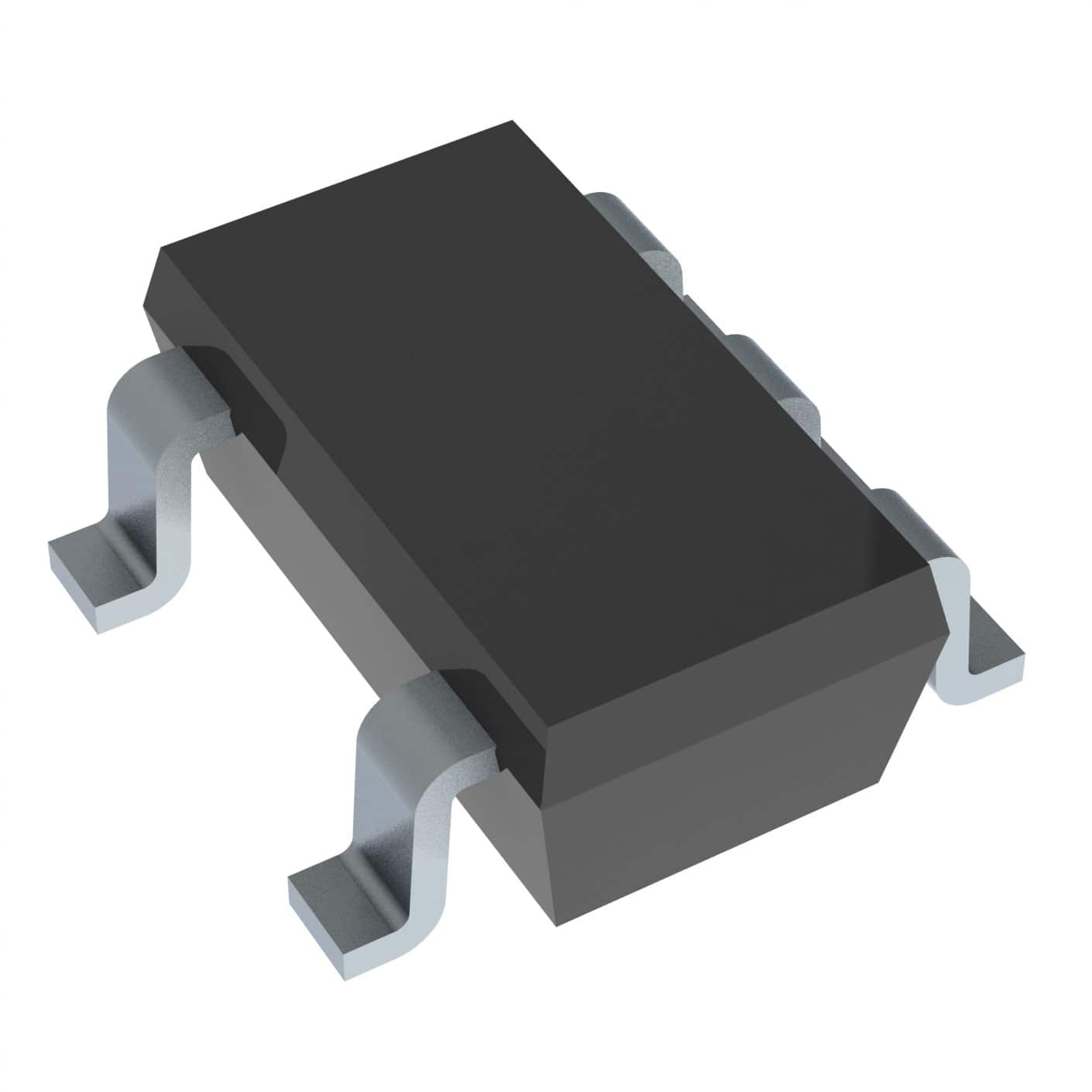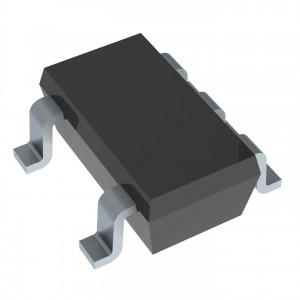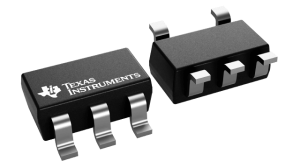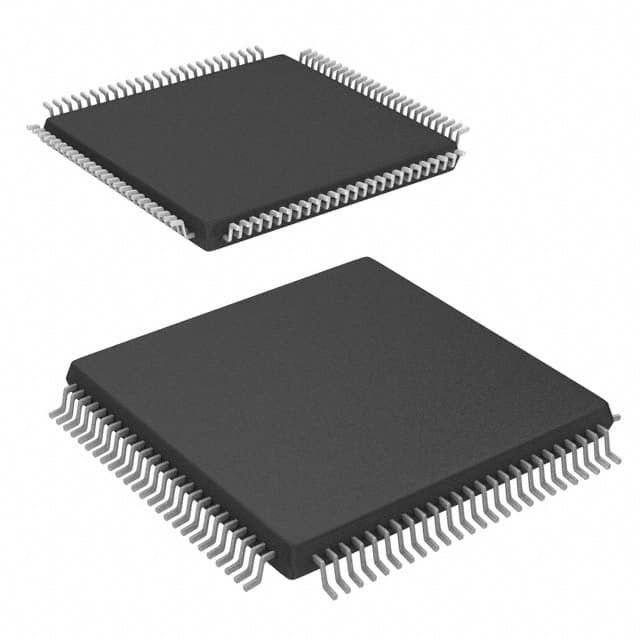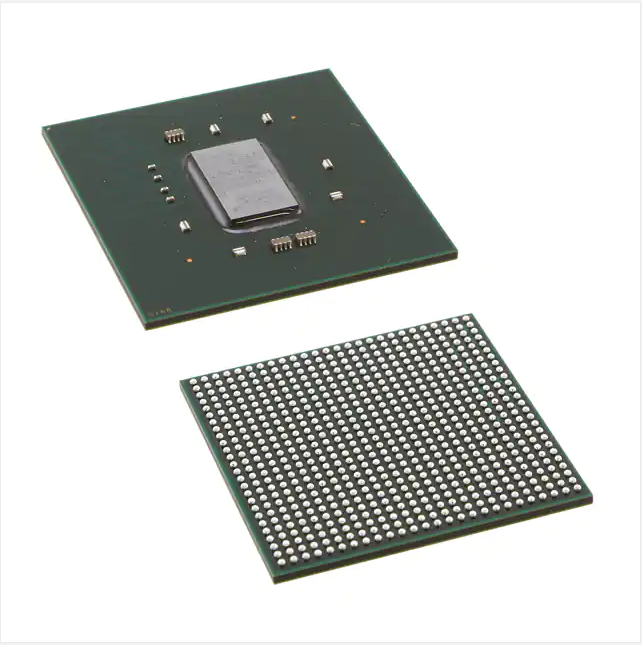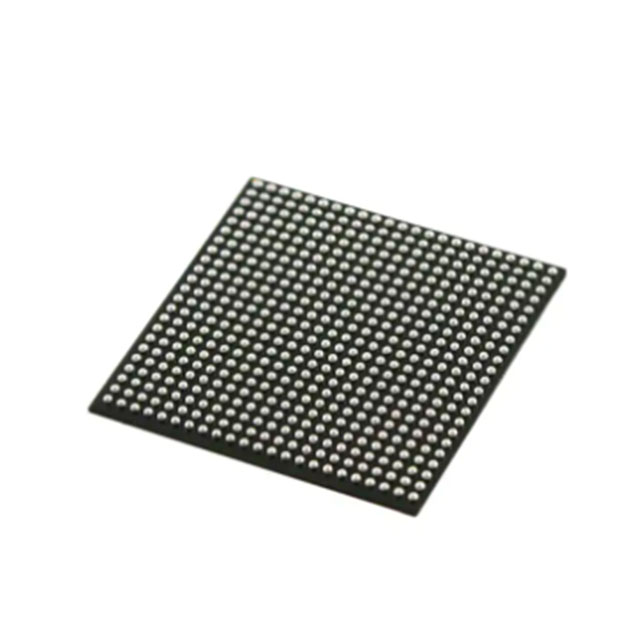TPS92612QDBVRQ1 PMIC – LED driver Output linear PWM dimming 150mA sot-23-5 TPS92612QDBVRQ1 Brand new original genuine
Product Attributes
| TYPE | DESCRIPTION |
| Category | Integrated Circuits (ICs) |
| Mfr | Texas Instruments |
| Series | Automotive, AEC-Q100 |
| Package | Tape & Reel (TR)
Cut Tape (CT) Digi-Reel® |
| SPQ | 3000T&R |
| Product Status | Active |
| Type | Linear |
| Topology | - |
| Internal Switch(s) | No |
| Number of Outputs | 1 |
| Voltage - Supply (Min) | 4.5V |
| Voltage - Supply (Max) | 40V |
| Voltage - Output | 0V ~ 40V |
| Current - Output / Channel | 150mA |
| Frequency | - |
| Dimming | PWM |
| Applications | Automotive, Lighting |
| Operating Temperature | -40°C ~ 125°C (TA) |
| Mounting Type | Surface Mount |
| Package / Case | SC-74A, SOT-753 |
| Supplier Device Package | SOT-23-5 |
| Base Product Number | TPS92612 |
I. What is a chip
A chip, also known as a microcircuit, microchip, or integrated circuit (IC), is a silicon chip containing an integrated circuit, often small in size and often part of a computer or other electronic device.
A chip is a generic term for a semiconductor component product, the carrier of an integrated circuit, which is made up of wafers.
A wafer is a very small piece of silicon containing an integrated circuit that is part of a computer or other electronic device.
II. What is a semiconductor
A semiconductor is a material with conductive properties between those of a conductor and an insulator at room temperature. For example, a diode is a device made from a semiconductor. A semiconductor is a material whose electrical conductivity can be controlled and can range from insulator to conductor.
The importance of semiconductors is enormous, both in terms of technology and economic development. Most of today's electronic products, such as computers, mobile phones, and digital recorders, have their core units closely linked to semiconductors.
Common semiconductor materials include silicon, germanium, and gallium arsenide, with silicon being the most commercially influential of the various semiconductor materials.
Matter exists in a variety of forms - solid, liquid, gas, plasma, etc. We usually refer to materials with poor electrical conductivity, such as coal, artificial crystals, amber, and ceramics, as insulators.
And the more conductive metals such as gold, silver, copper, iron, tin, aluminum, etc. are referred to as conductors. Materials that fall between conductors and insulators can simply be called semiconductors.
III. What is an integrated circuit
An integrated circuit (IC) is a miniature electronic device or component.
Using a certain process, the transistors, resistors, capacitors, and inductors required in a circuit and wiring are interconnected together, made in a small piece or several small pieces of semiconductor wafers or dielectric substrates, and then encapsulated in a tube shell, become a microstructure with the required circuit function.
All of the components in it have been structurally formed as a whole, making electronic components a big step towards miniaturization, low power consumption, intelligence, and high reliability. It is represented in the circuit by the letters "IC".
The inventors of integrated circuits were Jack Kilby (integrated circuits based on germanium (Ge)) and Robert Noyes (integrated circuits based on silicon (Si)). The majority of applications in the semiconductor industry today are silicon-based integrated circuits.
The integrated circuit is a new type of semiconductor device that was developed in the late 1950s and 1960s.
It is a semiconductor manufacturing process such as oxidation, photolithography, diffusion, epitaxy, and evaporation of aluminum, which integrates the semiconductors, resistors, capacitors, and other components required to form a circuit with certain functions and the connecting wires between them all on a small piece of silicon, and then welded and encapsulated in a tube housing for electronic devices. There are various forms of packaging shells such as round shells, flat or double inline.
Integrated circuit technology includes chip manufacturing technology and design technology, mainly in processing equipment, processing technology, packaging and testing, mass production, and the ability to design innovation.






